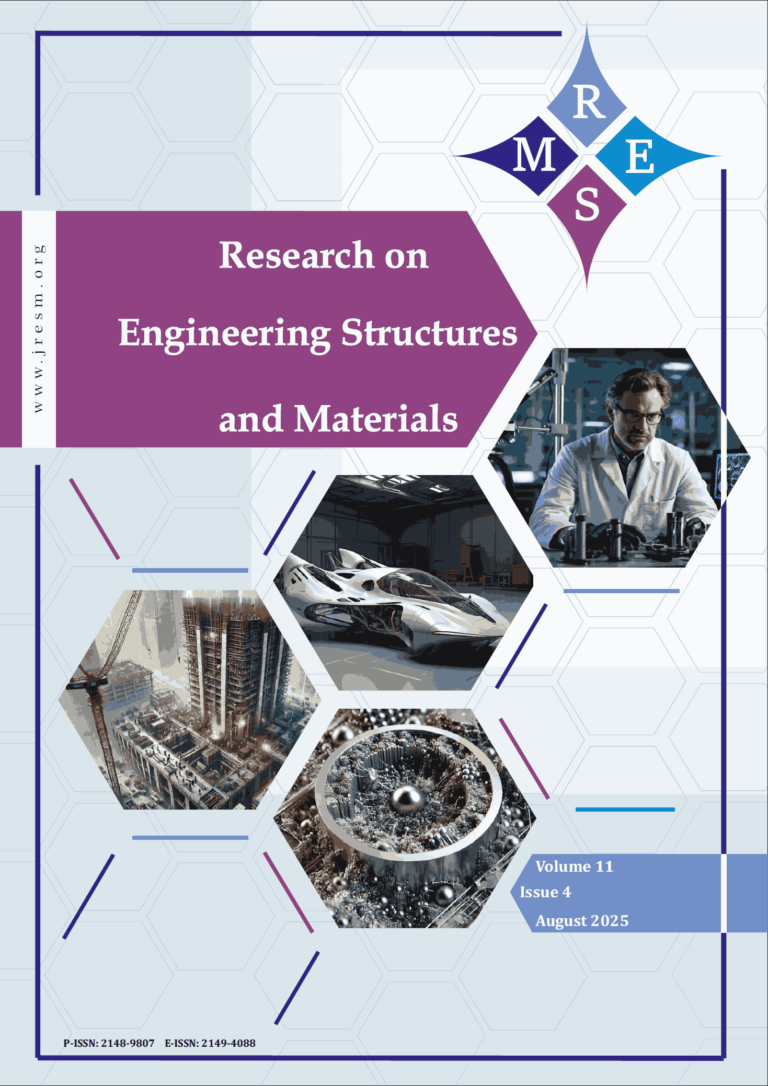Mathematical models of the drug release have been used in the drug delivery (DD) field for more than 50 years by the scientists in the drug development process. These models not only help scientists to learn the dynamics of the drugs release, but also help them to save money and time by helping to design more effective experiments. There is no model in the literature that covers all drug release scenarios. Also, some system-specific models have complex mathematical equations and these models are not suitable for general use. Zero Order Model, First Order Model, Higuchi Model, Peppas Model and Hixon Crowell Model are used in 85% of drug release studies in total. The popularity of these models comes from their simplicity, easy mathematical expressions and implementation. In this review, mathematical derivations of these five models are shown in detail. The points to be considered during the derivation and the problems that may be encountered are carefully explained along with their solutions. In addition, the application of the models to drug release data and the points to be considered were obtained by writing from the scratch without using any ready software while obtaining the fit function. In this way, many problems are better understood, and their solutions are explained. Finally, the obtained fit functions are interpreted.
